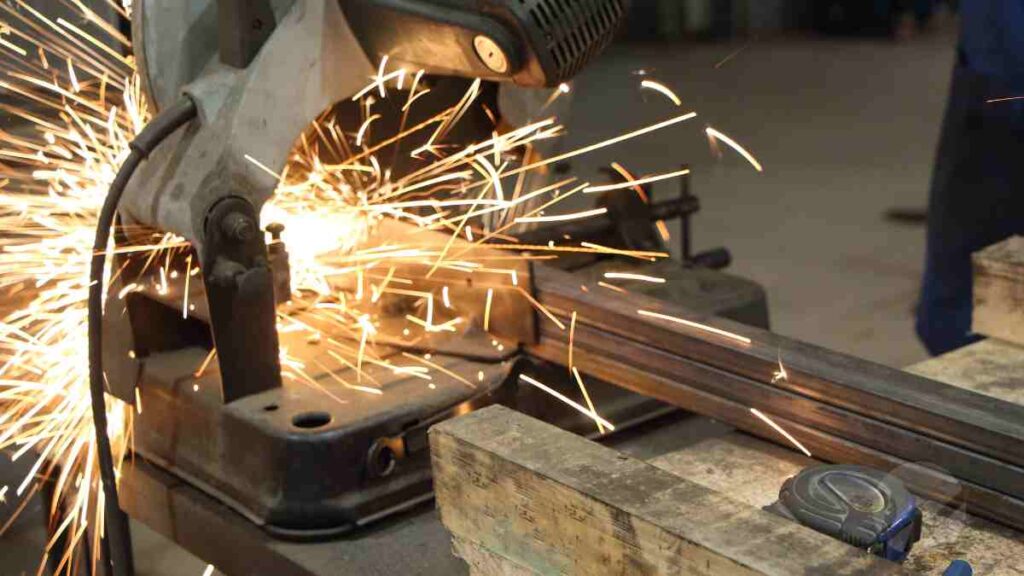The COVID-19 pandemic fundamentally altered consumer behavior and continues to impact the manufacturing landscape.
But what is this new normal? This topic is receiving a healthy amount of attention, with the Wall Street Journal recently covering large cutbacks across several manufacturing organizations. The post-pandemic spending spree led by a surge in savings is seemingly coming to an end. With those savings depleted and inflation driving up costs, consumer spending habits have shifted dramatically.
A New Era of Efficiency
Federal Reserve data confirms this shift. Savings rates soared to 32% in April 2020 and remained elevated through 2021 but have plummeted to a concerning 4% in the first half of 2024, reaching their lowest point since the 2008 recession. This means consumers are spending more on necessities like housing, utilities, and food, while also losing additional spending power to higher interest rates, ultimately, leaving less for discretionary spending on manufactured goods.
For manufacturers, this translates to two potential challenges:
- Weakening Demand: Lower sales figures, increased competition on pricing, and rising inventory levels can signal a decline in demand. This necessitates close monitoring of inventory and profitability metrics. Indicators to watch include inventory turnover, days of inventory on hand, and gross profit margin. A rise in slow-moving inventory further suggests weakening demand.
- Excess Capacity: When production exceeds demand, manufacturers face “excess capacity,” meaning they’re operating below standard capacity. This can lead to overhead cost allocation issues and necessitates adjustments to costing rates.
Adapting for the Future
While many manufacturers enjoyed record profits post-pandemic, maintaining that pace has become increasingly difficult. Flat or potentially declining revenue seems likely for the rest of 2024 and into 2025. We’ve established the issues, but how can manufacturers best adjust to the “new normal?”
Here are some key considerations for navigating this new environment:
- Investing in Your Business: Despite rising interest rates, avoid the temptation to delay crucial investments like robotics and automation. The Federal Reserve is expected to slightly reduce rates by the end of 2024. In response to weak labor market data released late last week, many economists and financial institutions are projecting rate cuts between .25-.75% in September. However, historically low rates, such as those experienced in April 2020-February 2022, are unlikely to return anytime soon. Taking advantage of a potential slowdown can position your business for future growth.
- Strategic Staffing: Traditionally, companies have relied on layoffs to manage economic downturns. However, the current labor shortage presents a unique challenge. Businesses must decide between retaining skilled employees at the expense of short-term profitability or risking losing them in a layoff. Since the demand for workers in many sectors remains high, a layoff increases the likelihood that the talent pool will be even drier when you are looking to re-staff.
The current situation presents both challenges and opportunities. Wisconsin manufacturers can emerge stronger and more efficient in the coming years by strategically managing inventory, optimizing costs, and investing in their workforce. As always, our Manufacturing Advisors are here to help you navigate the new landscape and thrive in the new normal. Keep an eye out for further articles that will delve deeper into the realities facing manufacturing organizations today, and strategies for weathering the economic shift.


